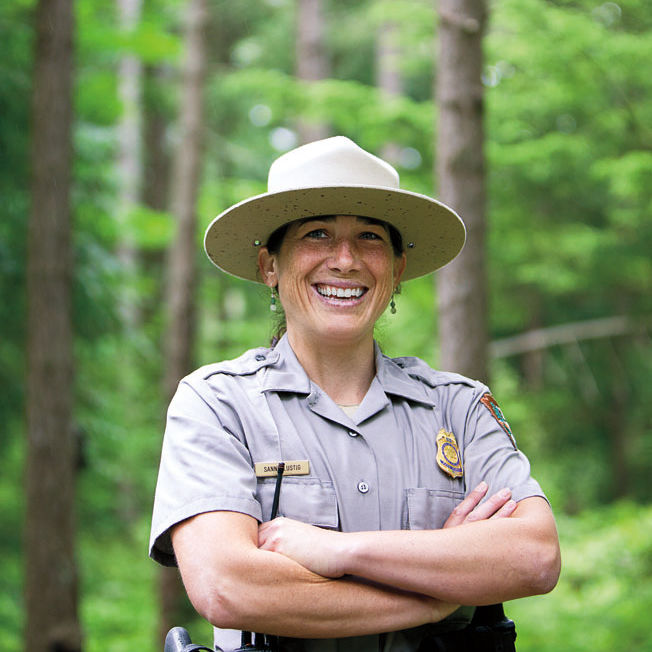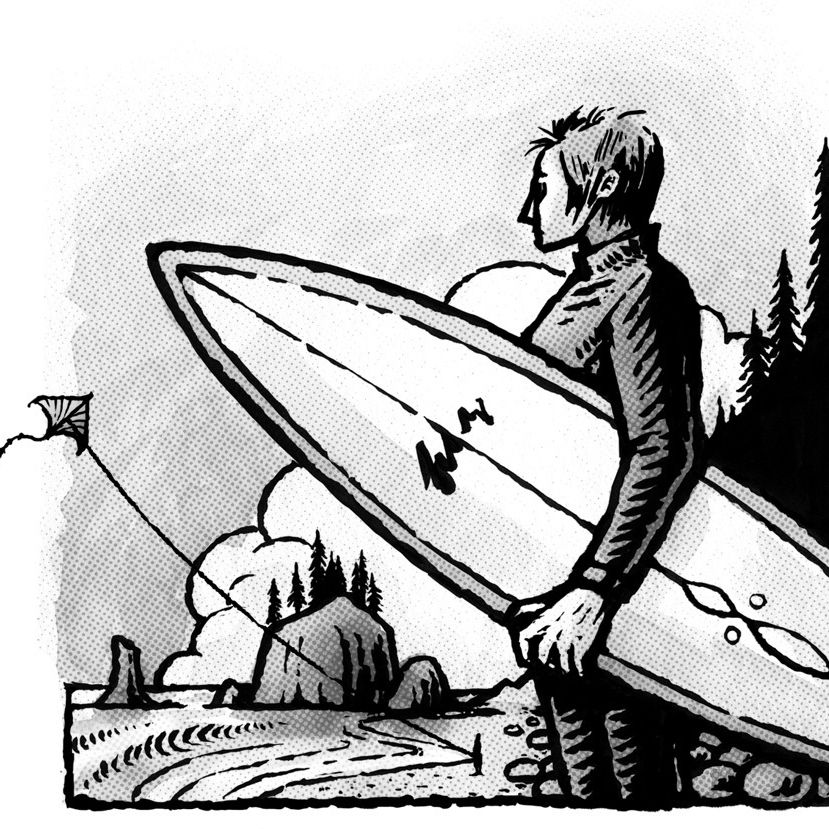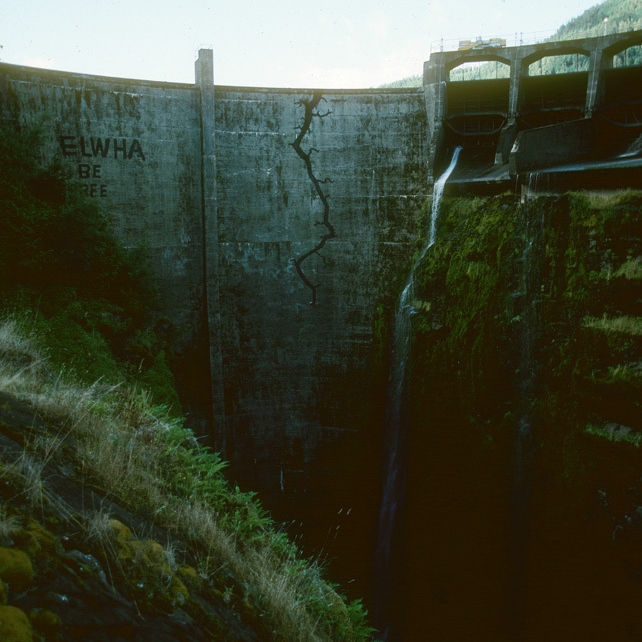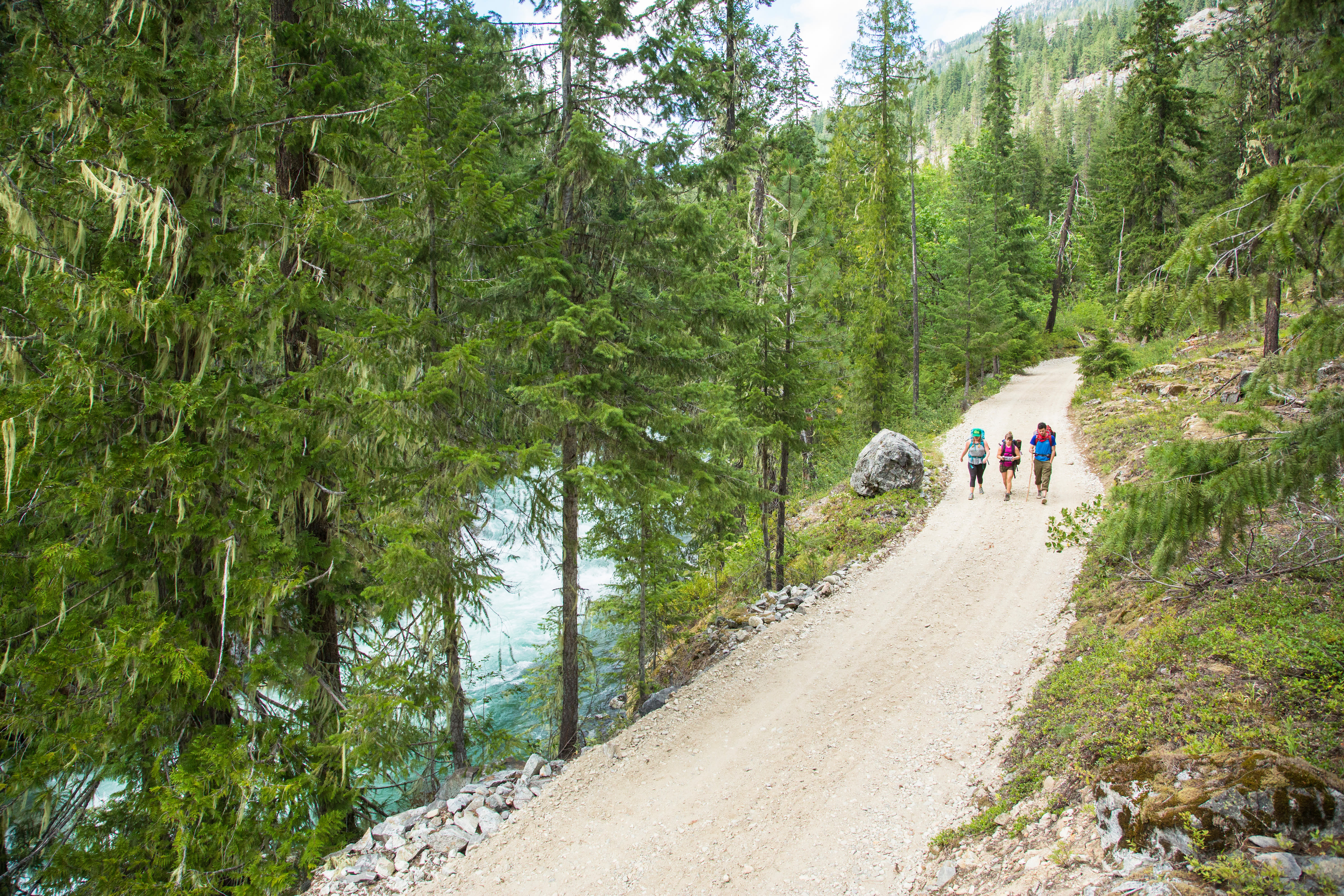Insider’s Guide to Olympic National Park: Where the Wild Things Are
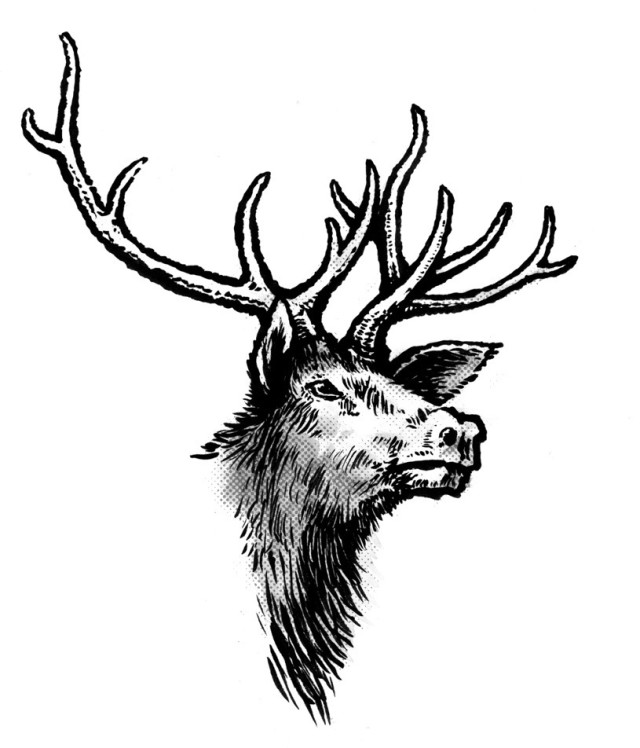
Image: Philip Cheaney
ELK
The Roosevelt elk is such a signature species that the park was almost named for it. The unmanaged herd of about 5,000 is the biggest in the world but can be hunted outside the park. In the Hoh Rain Forest, groups of 20 females and solo bulls, with their impressive branched antlers, chill in the dense greenery. HOH RAIN FOREST
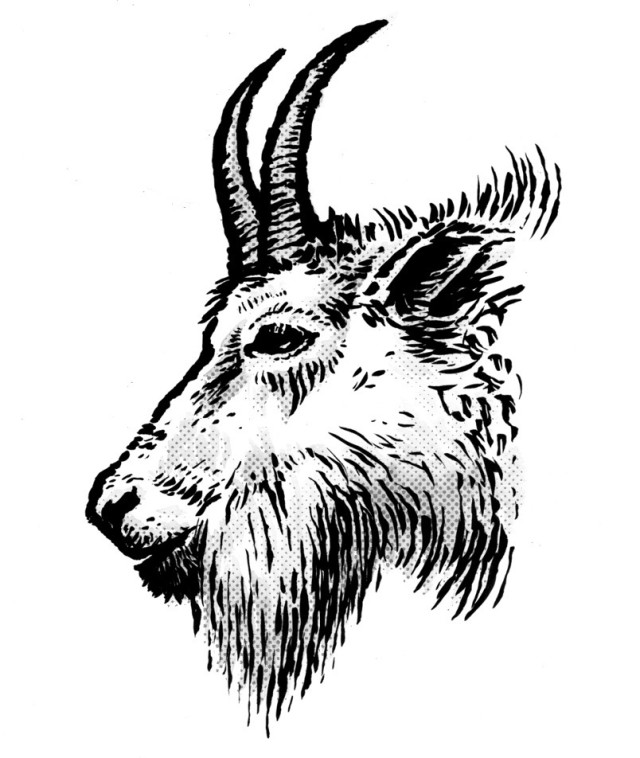
Image: Philip Cheaney
MOUNTAIN GOATS
As alpine-appropriate as the shaggy beasts may appear, the peninsula’s 300 or so mountain goats aren’t native; they were introduced by hunters back in the 1920s. The hiker who died from a head-butt in 2010 is still on everyone’s mind, so if you see one near the cliffs of Klahhane Ridge, keep your distance. HURRICANE RIDGE
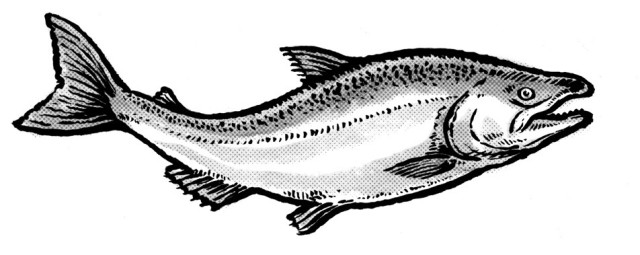
Image: Philip Cheaney
SALMON
At the Salmon Cascades viewing platform of the Sol Duc River, coho head upriver in the fall. But all eyes will be on the newly freed Elwha River when the dams come down; Chinook salmon historically grew as big as 100 pounds there and were legendary in their quantities. SOL DUC
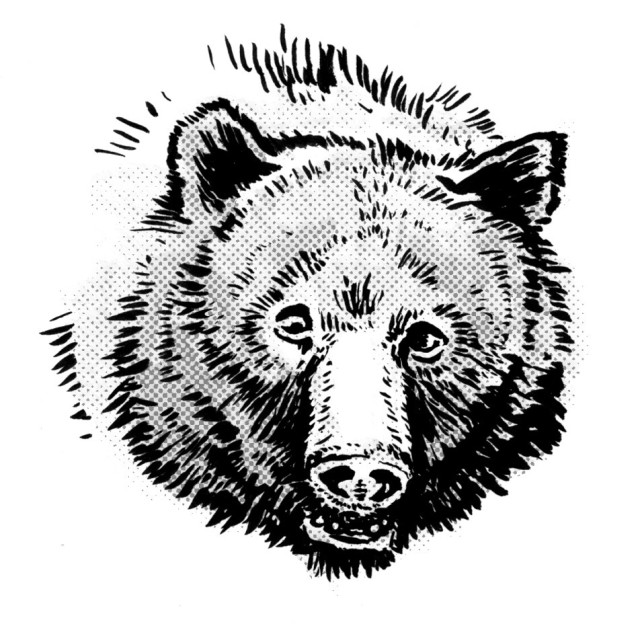
Image: Philip Cheaney
BEARS
Much of the park’s backcountry camping requires bear canisters for food; the saying "a fed bear is a dead bear" means that one that dines on human food will probably become so problematic that it’ll be put down. To almost guarantee a black bear sighting, head to the Enchanted Valley up the Quinault River, where it’s rare to go a day without appearances by the big hairy brutes.
LAKE QUINAULT

Image: Philip Cheaney
GRAY WHALES
The gentle giants feed near the mouth of the Quillayute River near La Push. The Makah, whose coastal reservation abuts the park to the north, historically hunted the whale, even bagging one to great national attention in 1999. RIALTO BEACH
